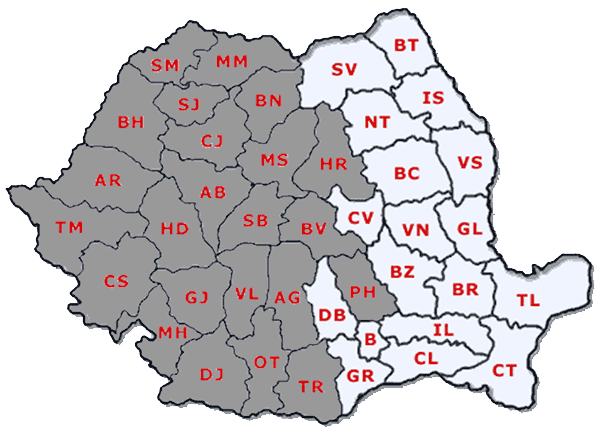Considered at the beginning of the 90’s as a potential pest of the corn cultivations from Europe, Diabrotica virgifera has become today one of the most important species for our continent (affecting over 400000 km2). For this reason, yearly are taken place meetings of the international group IWGO, sub-group Diabrotica, where the most efficient solutions of limiting the spreading from the infested areas to the non-infested ones are debated (in accordance with the decision of the European Commission no. 766/EC from 24 Oct. 2003). The evolution of the pest in the last 10 years on the European continent requires an answer to the question: why is not possible to stop the spreading, considering all the prevention and curative measures for controlling taken until the present.
Following the monitoring researches accomplished in the last years, it is possible to make an evaluation of the most haunted areas and, in consequence, a selection of the most suitable research locations for the period 2008 - 2010. The selection of the most haunted areas by the adults of Dibarotica facilitates the studies by the existence of a population material sufficiently high, that is possible to follow the moving direction and the flying speed. According to the present information published by the Central Laboratory for Phito-Sanitary Quarantine from Bucuresti, the species is present in the following counties: Arad, Timis, Caras Severin, Mehedinti, Bihor, Satu Mare, Salaj, Hunedoara, Cluj, Alba, Sibiu, Gorj, Dolj, Vâlcea, Olt, Bistrita Nasaud, Mures, Harghita, Maramures, Arges, Brasov, Prahova and Teleorman.

The map of spreading on the Romanian territory of the Diabrotica virgifera virgifera Le Conte adults.

